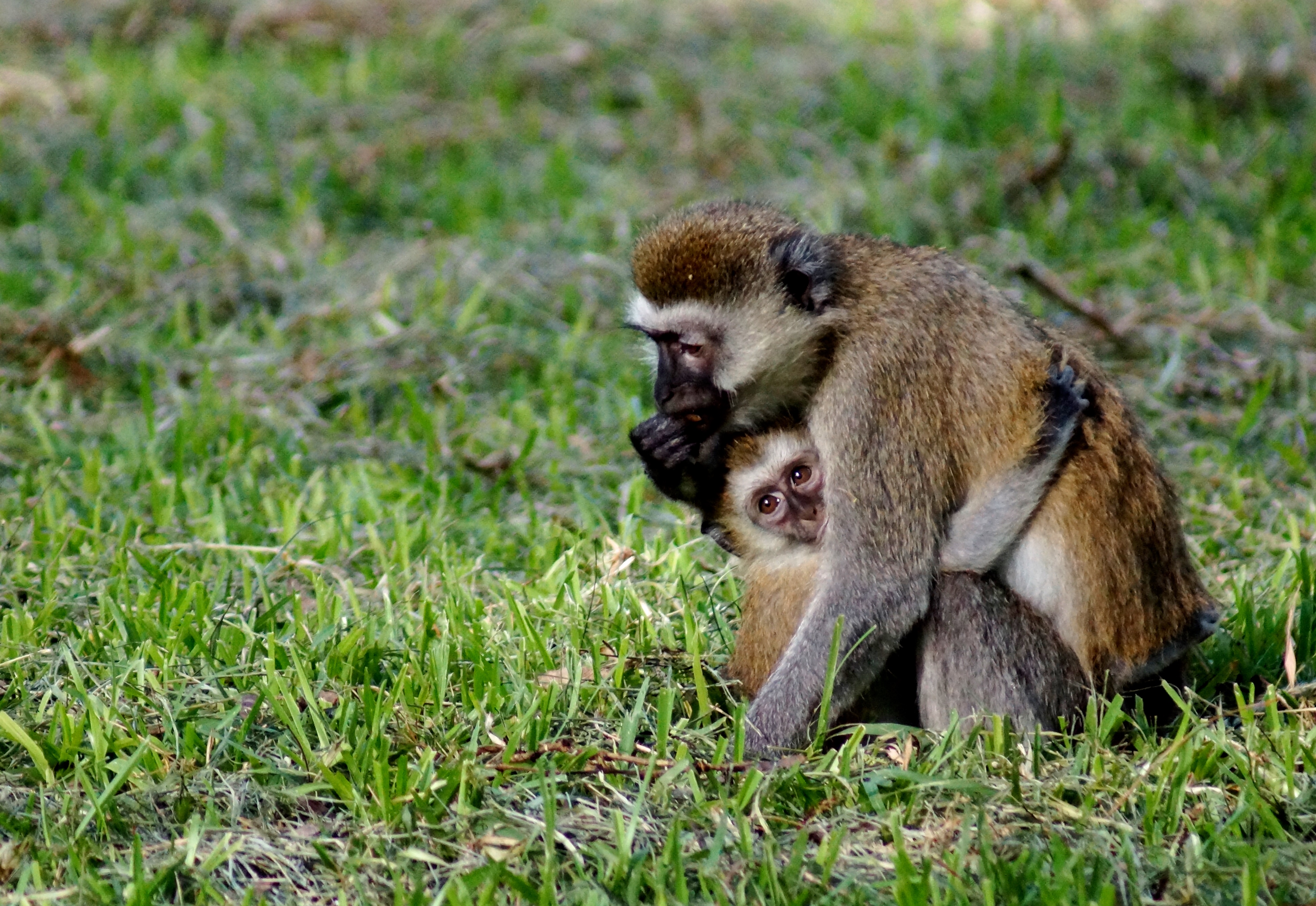|
Interspecific Feeding
Interspecific feeding refers to behaviour reported in wild animals, particularly birds where adults of one species feed the young of another species. This usually excludes the case of birds feeding brood parasitism, brood parasites. The behaviour has been of theoretical interest since it appears to be provide little fitness (biology), evolutionary benefit to the feeding bird. Some researchers have suggested that it is mainly male birds that are lured into feeding a fledgling that begs Such behaviour is also related to alloparenting, cross-fostering and brood adoption. Several situations have been suggested that lead to this including: # Bird raised in a mixed clutch # Original nest and brood of bird destroyed # Nests in very close proximity # Calling of young birds stimulates behaviour # Orphaned birds adopted temporarily or permanently # Male bird feeding another species while mate incubated # Feeding bird is mateless and finds a mateless bird at nest Shy (1982) listed 65 species ... [...More Info...] [...Related Items...] OR: [Wikipedia] [Google] [Baidu] |
Brood Parasitism
Brood parasites are animals that rely on others to raise their young. The strategy appears among birds, insects and fish. The brood parasite manipulates a host, either of the same or of another species, to raise its young as if it were its own, usually using egg mimicry, with eggs that resemble the host's. The evolutionary strategy relieves the parasitic parents from the investment of rearing young. This benefit comes at the cost of provoking an evolutionary arms race between parasite and host as they coevolve: many hosts have developed strong defenses against brood parasitism, such as recognizing and ejecting parasitic eggs, or abandoning parasitized nests and starting over. It is less obvious why most hosts do care for parasite nestlings, given that for example cuckoo chicks differ markedly from host chicks in size and appearance. One explanation, the mafia hypothesis, proposes that parasitic adults retaliate by destroying host nests where rejection has occurred; there is ... [...More Info...] [...Related Items...] OR: [Wikipedia] [Google] [Baidu] |
Fitness (biology)
Fitness (often denoted w or ω in population genetics models) is the quantitative representation of individual reproductive success. It is also equal to the average contribution to the gene pool of the next generation, made by the same individuals of the specified genotype or phenotype. Fitness can be defined either with respect to a genotype or to a phenotype in a given environment or time. The fitness of a genotype is manifested through its phenotype, which is also affected by the developmental environment. The fitness of a given phenotype can also be different in different selective environments. With asexual reproduction, it is sufficient to assign fitnesses to genotypes. With sexual reproduction, recombination scrambles alleles into different genotypes every generation; in this case, fitness values can be assigned to alleles by averaging over possible genetic backgrounds. Natural selection tends to make alleles with higher fitness more common over time, resulting in Darwin ... [...More Info...] [...Related Items...] OR: [Wikipedia] [Google] [Baidu] |
Alloparenting
Alloparenting (also referred to as alloparental care) is a term used to classify any form of parental care provided by an individual towards young that aren't its own direct offspring. These are often referred to as "non-descendant" young, even though grandchildren can be among them. Among humans, alloparenting is often performed by a child's grandparents and older siblings. Individuals providing this care are referred to using the neutral term of alloparent (or "helper"). Alloparental care encapsulates a diverse range of parenting systems across a range of animal groups and social structures. The alloparent–young relationship can be mutualistic or parasitic, and between or within species. Cooperative breeding, joint brood care, reciprocal allonursing, brood parasitism and cuckoldry represent situations in which alloparenting plays a role. Alloparenting is a form of parenting that is not found often in the wild. With this type of care comes some costs, including the spending of ... [...More Info...] [...Related Items...] OR: [Wikipedia] [Google] [Baidu] |
Cross-fostering
Cross-fostering is a technique used in animal husbandry, animal science, genetic and nature versus nurture studies, and conservation, whereby offspring are removed from their biological parents at birth and raised by surrogates, typically of a different species, hence 'cross.' This can also occasionally occur in nature. Animal husbandry Cross-fostering young animals is usually done to equalize litter size. Individual animals born in large litters are faced with much more competition for resources, such as breast milk, food and space, than individuals born in smaller litters. Herd managers will typically move some individuals from a large litter to a smaller litter where they will be raised by a non-biological parent. This is typically done in pig farming because litters with up to 15 piglets are common. A sow with a large litter may have difficulty producing enough milk for all piglets, or the sow may not have enough functional teats to feed all piglets simultaneously. When this occ ... [...More Info...] [...Related Items...] OR: [Wikipedia] [Google] [Baidu] |
Adoption
Adoption is a process whereby a person assumes the parenting of another, usually a child, from that person's biological or legal parent or parents. Legal adoptions permanently transfer all rights and responsibilities, along with filiation, from the biological parents to the adoptive parents. Unlike guardianship or other systems designed for the care of the young, adoption is intended to effect a permanent change in status and as such requires societal recognition, either through legal or religious sanction. Historically, some societies have enacted specific laws governing adoption, while others used less formal means (notably contracts that specified inheritance rights and parental responsibility (access and custody), parental responsibilities without an accompanying transfer of filiation). Modern systems of adoption, arising in the 20th century, tend to be governed by comprehensive statutes and regulations. History Antiquity ;Adoption for the well-born While the modern form o ... [...More Info...] [...Related Items...] OR: [Wikipedia] [Google] [Baidu] |
_e_(_Zonotrichia_Capensis_).jpg)



